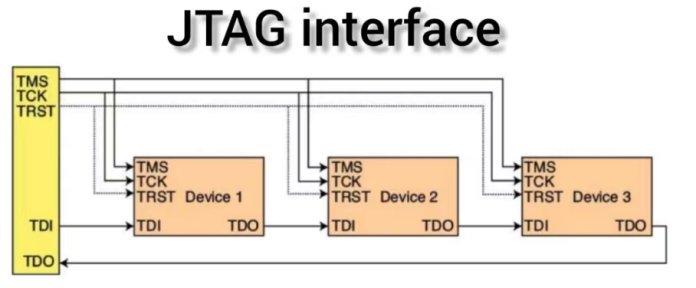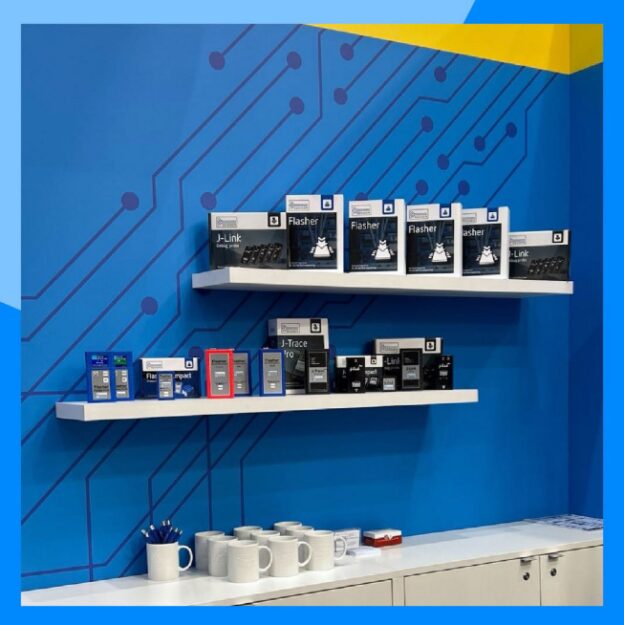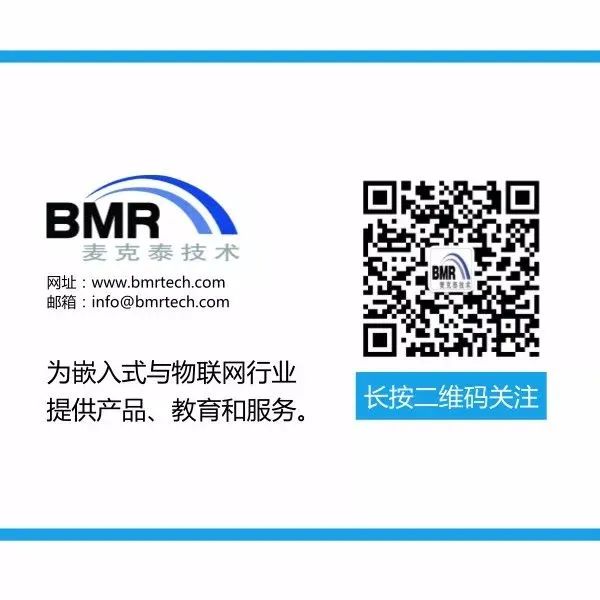
1. Definition:
– JTAG (Joint Test Action Group) is a standard for testing and debugging integrated circuits, widely used in embedded systems development.
2. Purpose:
– To debug, test, and program embedded systems, allowing developers to inspect and manipulate the internal state of the processor.
3. Components:
– The Test Access Port (TAP) controller manages access to the JTAG interface.
4. Key Features:
– Supports boundary scan testing for interconnect checks.
– Enables in-system programming for firmware updates.
– Widely used for real-time debugging without interrupting operation.
5. JTAG Pins:
– TCK (Test Clock), TMS (Test Mode Select), TDI (Test Data Input), TDO (Test Data Output).

6. JTAG Debugger and Probe:
– The JTAG debugger connects to JTAG for debugging.
– The JTAG probe is the connector or cable that links the JTAG debugger to the target system.
7. JTAG Boundary Scan:
– Uses a shift register method to detect interconnect faults on PCBs.
8. JTAG Commands:
– Commands sent through JTAG control the TAP controller to enter debug mode or perform operations such as reading memory.
9. System Debugging:
– OpenOCD is an example of an open-source tool that supports system programming and debugging using JTAG.
10. Common JTAG-Compatible Microcontrollers:
– ARM Cortex-M series microcontrollers typically support JTAG for debugging and programming.
Translator’s note:SEGGER is a well-known supplier of JTAG debugging and development tools with a rich product line.Other JTAG tools include XJTAG, iSystem, etc.

The article comes from social networks, and the author: Sagar Kamjariya is an engineer at a technology service company in India, passionate about FreeRTOS and skilled in device drivers, automotive software, AutoSAR, and CAN bus technology.
Welcome to follow the WeChat public account 【Mactech Technology】, reply “Join Group” to join the technical exchange group as prompted.
Product Consultation:
Beijing: 010-62975900
Shanghai: 021-62127690
Shenzhen: 0755-82977971

Share, Read and Like, at least I want to have one!
